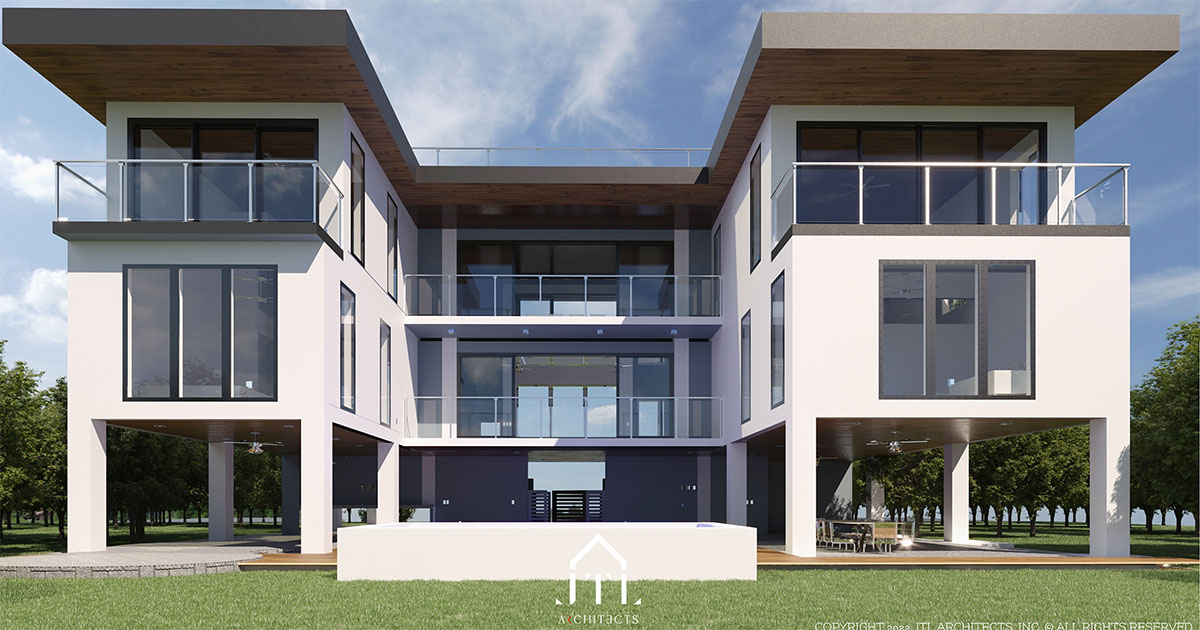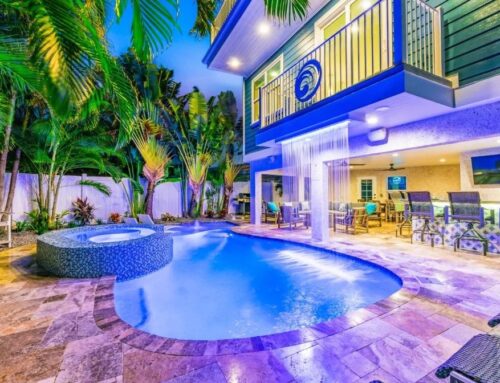Commercial real estate investments offer an intriguing way to diversify investment portfolios with the prospect of substantial returns. Yet, the success of this type of investment relies on more than just considering geographic location or following market trends. In a significant manner, the architecture of the property plays a key role in optimizing values and drawing in tenants and their clients.
The Architecture of Profitability: Durability and Lifespan
The longevity and durability of a commercial property are pivotal foundations when ascertaining the value of an investment. To safeguard the long-term return on investment, properties constructed using robust materials and state-of-the-art building methods are preferred. Maintaining the property in top-notch condition through regular upkeep and modern upgrades can ensure tenant satisfaction, increase the property’s market appeal, and maintain its functionality.
Designing for Versatility: Catering to Varied Business Necessities
Commercial property caters to a multitude of business types, such as retail stores, offices, warehouses, and manufacturing operations. These diverse tenants need efficient and adaptable spaces to cater to their varied needs. Hence, properties offering adaptable floor plans or modular options have a competitive edge. These features not only cater to changing tenant requirements but also maintain high occupancy rates and increase universal appeal.
Eco-consciousness & Energy Efficiency: The New Investment Pillar
As environmental awareness grows, the demand for sustainable commercial real estates is on the rise. Investors who prioritize properties featuring energy-efficient systems, green designs, and recognized eco-certifications, such as LEED, will cater to an expanding body of environmentally conscious tenants. Furthermore, these advances can result in lower operational expenses, increased tenant loyalty, and an upward shift in property value.
Adherence And Accessibility: Meeting Universal Design Standards
It’s crucial that the architectural design of commercial properties adhere to local regulations and ensure universal accessibility. Conforming to building codes and disability regulations, like the ADA (Americans with Disabilities Act) in the United States, can help to widen its tenant base, improve retail and resale prospects and prevent potential legal problems.
The Architectural Effect on Profitability
An investment property’s design and architecture can directly impact its desirability and the ability to attract and maintain premium tenants. Functional spaces that combine visual appeal, sustainability, and regulatory compliance can enhance a building’s reputation in the commercial marketplace. Pro-active assessment of these factors can greatly influence profitability and the potential return on your investment.
Architecture: The Key to Smart Investment Decisions
The architectural attributes of commercial real estate investments are paramount in deciding their long-term success. Focusing on structural durability, design flexibility, sustainability, and compliance can help investors make knowledgeable and rewarding investment decisions. As the commercial real estate landscape continues to evolve, these factors will continue to be crucial in the evaluation and development of commercially attractive and profitable properties.





